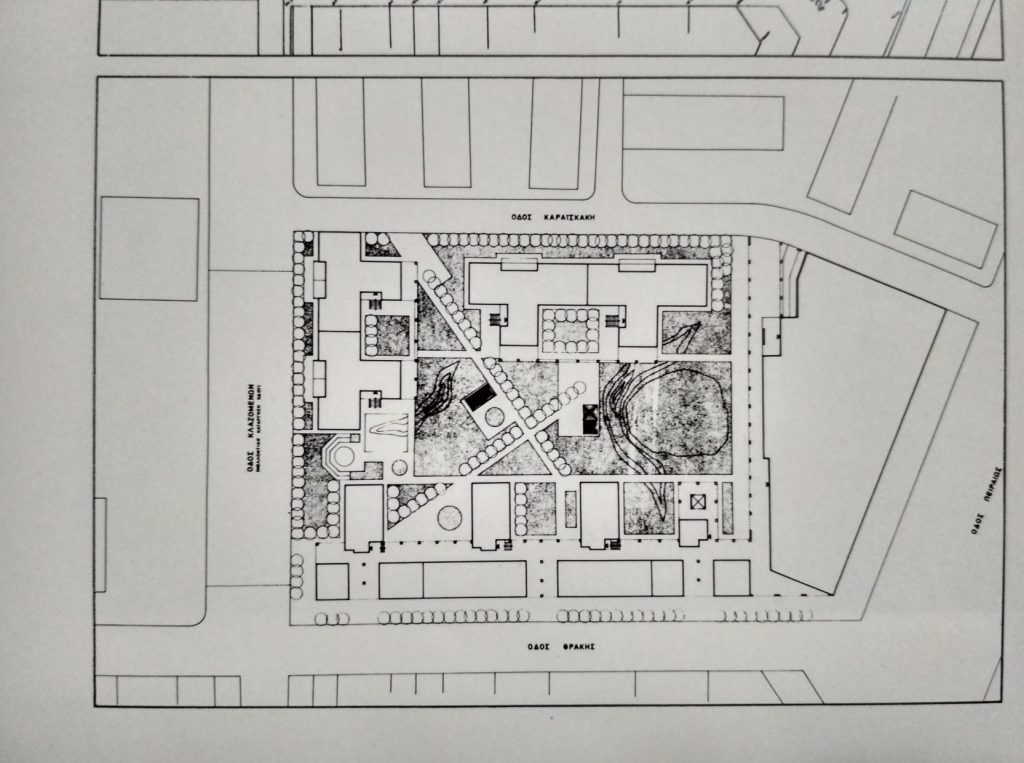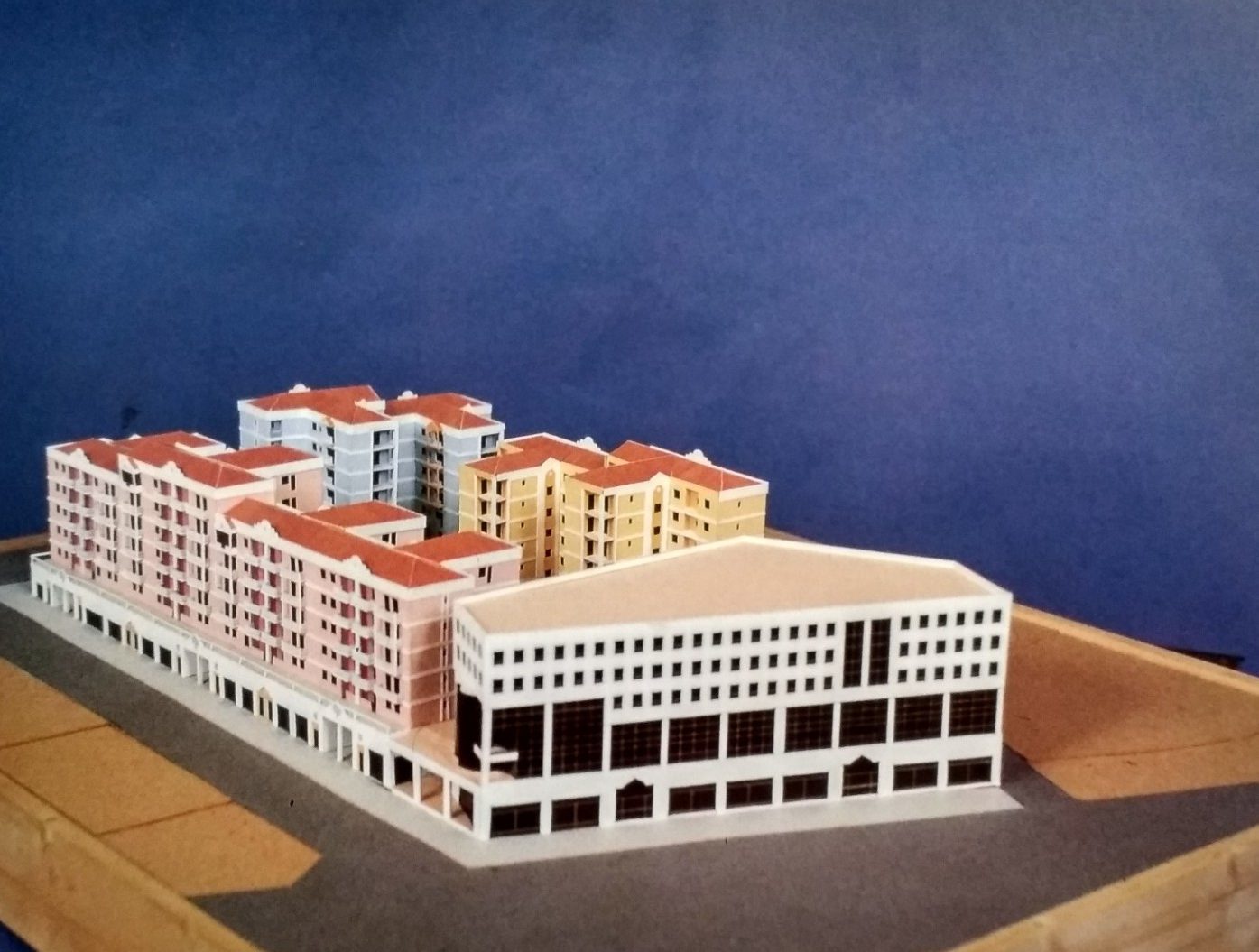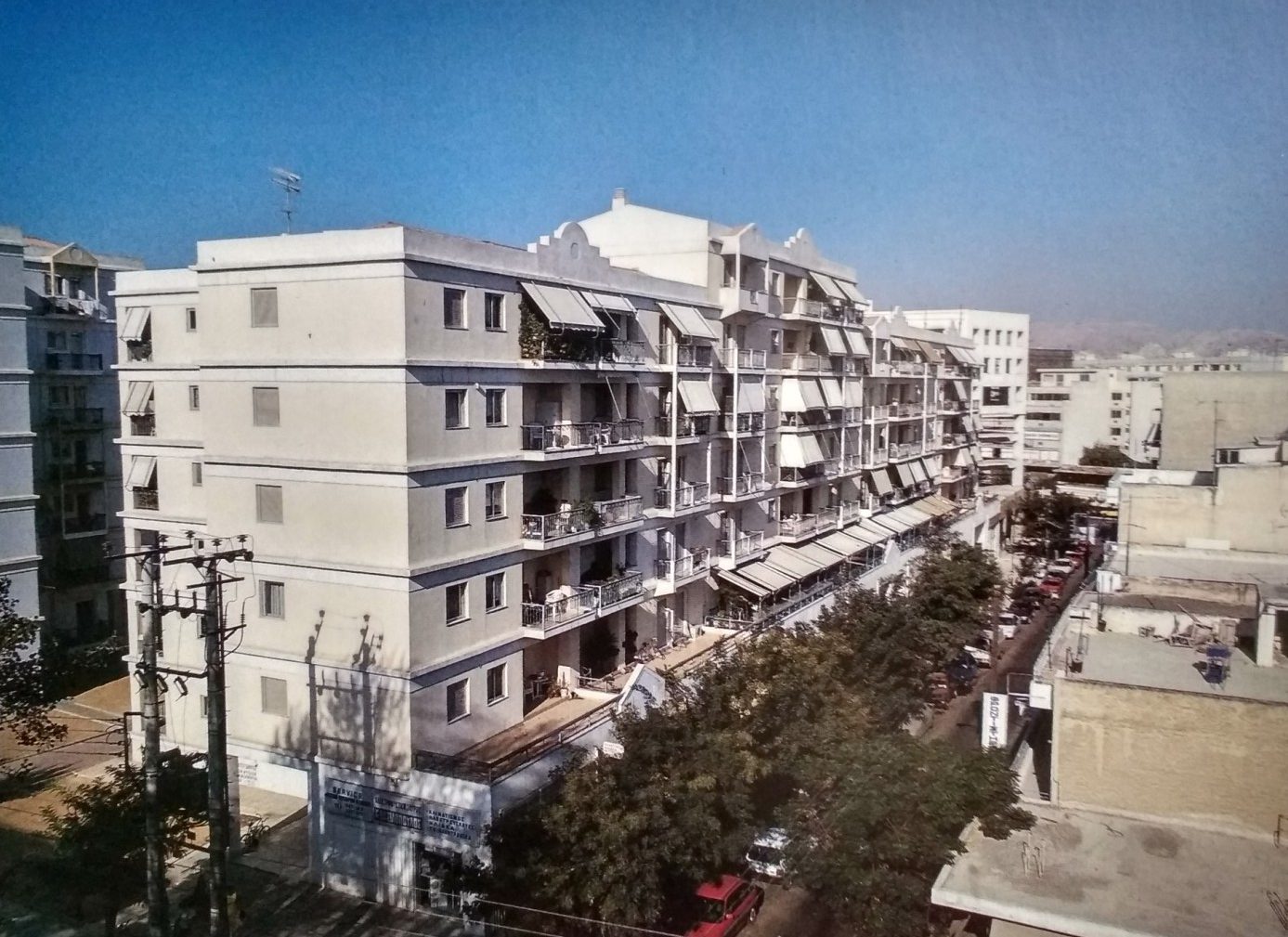Housing (replacement project) in Tavros

Historical, political or economic context in which the plan/project is proposed
The project area was previously inhabited by 136 households in six 2-story apartment buildings built in 1936 and two built in 1950. The apartments were 40-45 square meters and nearly all lacked normal kitchen and bathroom. In addition, the use of space had worsened due to the ad hoc expansions of many units. DEPOS regeneration project is very interesting for the means it used: instead of publicly financing the project, it made use of the Greek system of antiparochi (exchange of land property for new apartments). New buildings resembled the typical Greek polykatoikies, the building type which proliferated due to antiparochi.
Bibliography
Romanos, A., and G. Brators. “Regeneration of the refugee housing in the municipality of Tavros.” Contemporary Greek Architecture 3: Public Architecture (Maliaris), 2000: 198-207.
Varoutsis, S. “Designing urban regenerations-concrete examples (Tavros).” Technical Chronicles 4 (1990): 71-74.
Nikolaidou, S. “Regeneration as a means of exercising housing policies in Greece: sociological investigation of the effects of some cases of regeneration.” Review of Social Researches 83 (1991): 77-99.




